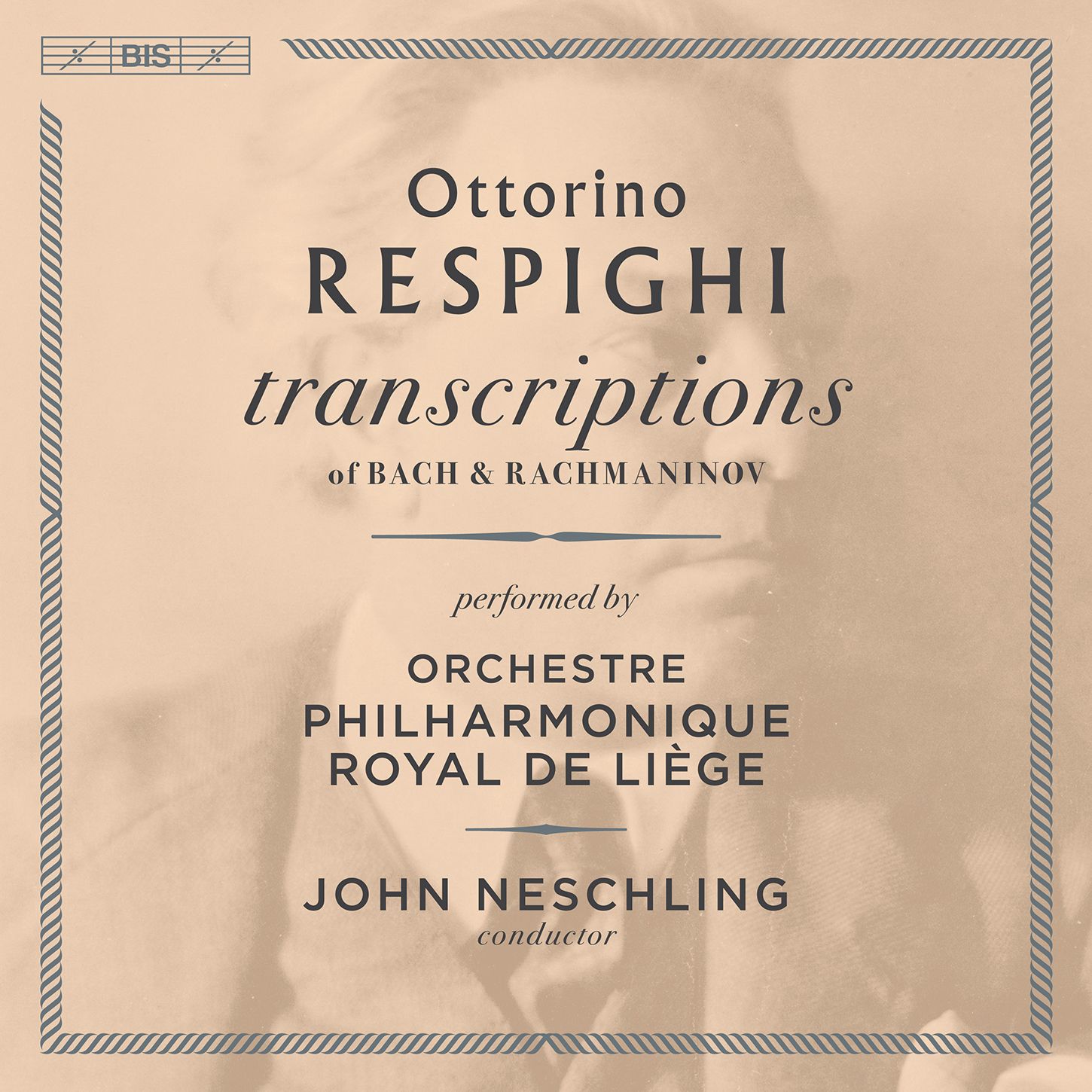Respighi's "orchestral interpretations" of Bach and Rachmaninov

Composers interacting with other composers' music is a fascinating subject. From virtuoso 19th century pianists transcribing Bach organ works for the piano to the likes of Wendy Carlos and Leopold Stokowski, each offers us an opportunity not only to revel in the new but to remind ourselves of the strengths of the old.
So it is with Ottorino Respighi's orchestrations of Bach (or "orchestral interpretations," as Respighi called them). Here's Peter Hurford at the Rieger organ at Ratzburg Cathedral in Germany, playing the Bach original of the Prelude and Fugue in D, BWV 532:
Now, although that's in one video, we have to break the piece into two for the new Liège performance. Here's the Prelude, colourfully orchestrated by Respighi and performed with no apology for that; and with much delicacy when required, by John Neschling and the Liège orchestra. Just listen to the massive interrupted cadence at one point, when it sounds like the music is going to "land" safely but gives us a rather more breathless alternative:
For the Fugue, the subject, which begins with the simplest tream of semiquavers around the home "D," has a lightness in the Respighi that the players delight in. And those scampering double-basses!:
John Neschling is no stranger to the music of Respighi, as you can see from the Amazon links at the end of this article, and his rock-solid belief in the music shines through, effectively shielding it from accusations of bombast.
Here's the organ original of the Passacaglia and Fugue in C minor, BWV 582 in a performance from Tokyo by Ton Koopman:
Hearing the Respighi afterwards points to a remarkable achievement; his scoring of the more tender moments of the Passacaglia is beautifully honoured by Neschling. Here's his Passacaglia:
The fugue is no less impressive; I particularly like the Rachmaninov-like clouds Neschling finds in the score.
There follows a group of three chorales. Let's look at the first here, the famous "Nun komm, der Heiden Heiland," BWV 659. We'll just quote this one but try something a little different to see what very different approaches give us. Here's the original, performed by the great Marie-Claire Alain:
... and here it is on piano in the transcription by Busoni performed by Vikingur Ólafsson, a performance of perlescnent beauty:
... and finally here is Neschling. How soft the arrangement sounds; and yet it holds its own, not least because Neschling and his excellent Liège players refuse to over-indulge:
Of the remaining chorales, Meine Seele erhebt den Herren, BWV 648 might not be too familiar, but surely everyone will recognise the third, after Wachet auf, ruft uns die Stimme, BWV 645; the performance here by the Liège forces is sensational.
We mentioned Rachmaninov earlier in reference to BWV 582; Respighi took some of Rachmaninov's keyboard (piano) music and orchstrated that, too. Here we have five of the Op. 39 Etudes-Tableaux. Let's take the D major, Op. 39/9, firstly on piano with the great Sviatoslav Richter live:
... and here's the BIS, similarly exciting, brashly wonderful:
While that is the closing item on the disc, let's close this article with the celebrations of Op. 33/4, "La Foire" (The Fair):
Throughout, Neschling and his forces show off the sheer range of emotion available when the music is clad by Respighi ; in this conductor's mind, the tendresse is every inch as important as extroversion. The recording is spectacular, as so often from BIS.
